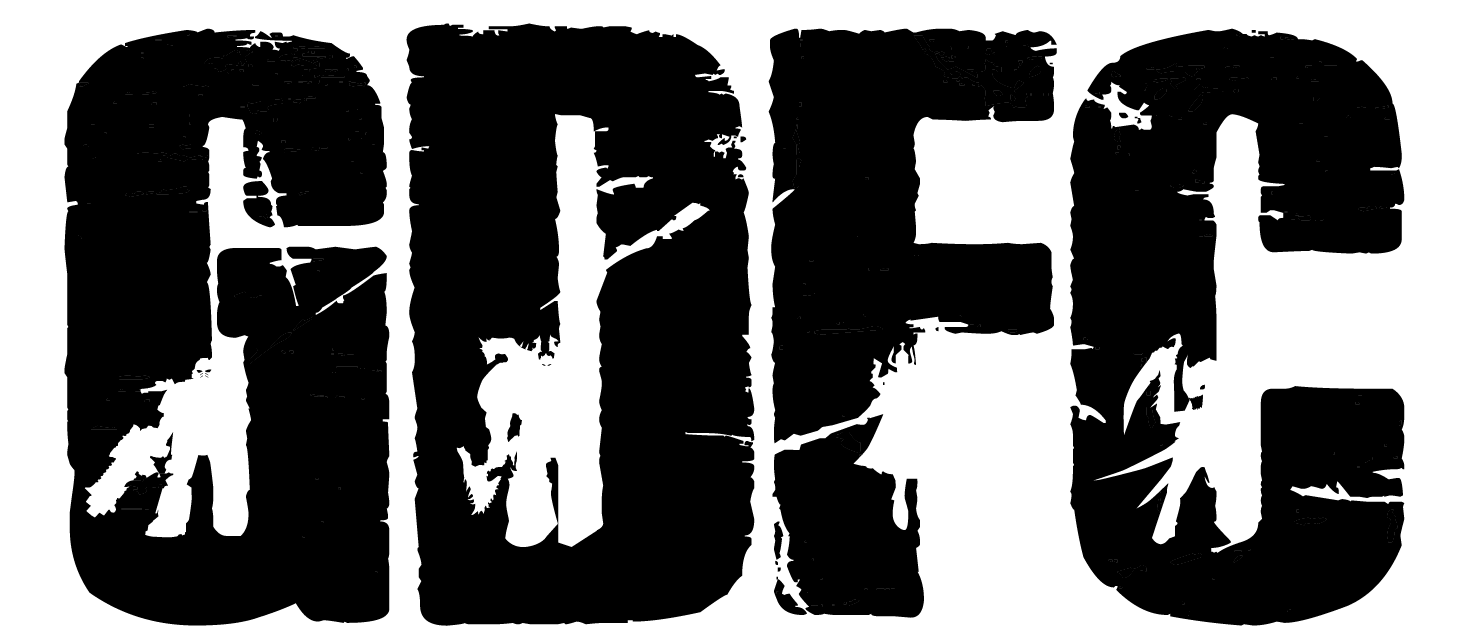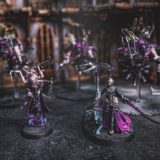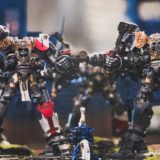The Road to Adepticon: Bringing a knife to a gunfight
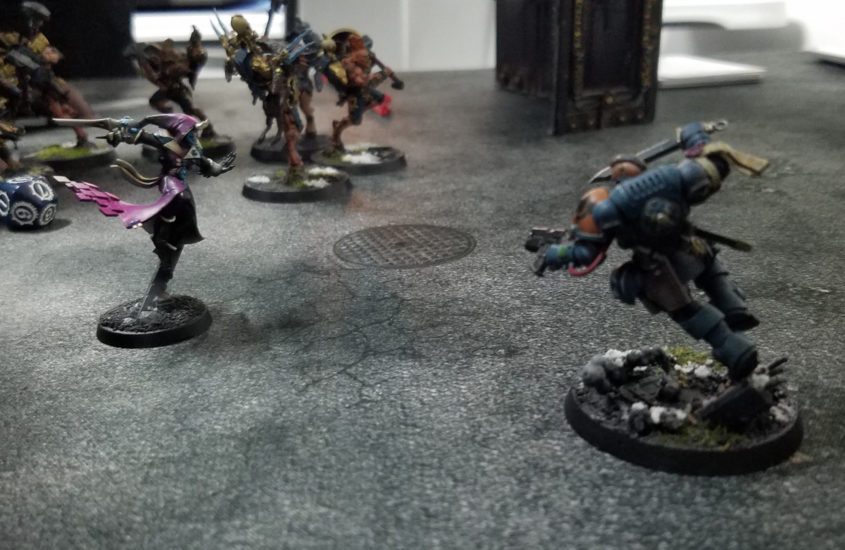
A Look at the Philosophy of List Design
I think most players get lost in the woods building lists in 40k, and when you are alone and afraid in the wide world you want to be carrying the biggest weapon you can find. People will highly rate offensive units, including them in their lists in the hope they can blast through the trees and see into the clearing. They want a clear cut map and a straight path to their final destination. While this can be effective on some level, it is not the only way to build a list.
Instead of a gun, you should be aiming to bring a swiss army knife with you in list building. Something with a wide range of tools and applicable to a large variety of problems. Top players such as Nick Nanavati, Brandon Grant, Skari,and Sean Nayden design lists to be “tool box armies” that can handle a variety of situations. It’s how they can win with seemingly “off meta” picks. Looking for the “swiss army knife” in units instead of just the big gun will help us find hidden value to our units.
Evaluating A Unit’s Tools
I find all the abilities a unit has generally fall into one of eight categories we will call tools (you may have seen them previewed here). For each one I’ve given a brief definition and a few considerations to keep in mind when evaluating a unit.
- Offense: Ability for a unit to destroy enemy models in any phase of the game.
- Factors to consider:
- Threat ranges
- Targets the unit is good against (e.g. dmg against GEQ, MEQ, TEQ, VEQ, KEQ, etc.)
- Interact-able phases and potential dmg output per phase
- Weapon strength, AP, number of attacks, damage reliability, variance
- Offensive stratagems
- Factors to consider:
- Defense: Ability to resist or avoid damage
- Factors to consider:
- Toughness, Save, invulnerable saves, Feel No Pain
- Save bonuses
- Hit modifiers
- target protection (cloud of flies, shrouding, etc)
- range
- Defensive stratagems
- Factors to consider:
- Mobility: Ability for the unit to be exactly where it wants to be on the battlefield.
- Factors to consider:
- Movement characteristic
- Ability to advance and shoot/charge and bonuses to advance
- Threat ranges
- Fly keyword or similar abilities
- Deployment options: deep strike, outflank, infiltration, redeploy options
- Factors to consider:
- Versatility: How many different situations in which a unit will be useful in.
- Factors to consider:
- Number of battlefield roles the unit can fulfill
- Is the unit effective vs multiple types of units?
- Factors to consider:
- Support/Utility: The unit is a strong force multiplier or brings unique tools to the army that positively impacts other units
- Factors to consider:
- Aura support for other units
- Providing hit modifiers
- Overwatch denial
- Can the unit bring powerful stratagem effects to the army (ability to hold units in combat)
- Factors to consider:
- Presence: A unit that must be dealt with and reacted to by your opponent and will usually be high on their target priority list.
- Factors to consider:
- Threat range/radius
- Threat level to your opponent.
- Ability to seize portions of the board
- Ability to disrupt your opponents plans
- Objective secured?
- Factors to consider:
- Ease of Use: How much precision and nuance is required in use of the unit. A unit with a higher ease of use rating typically reduces the margin for human error, miss plays, reduces rules errors, speeds up game play, etc.
- Factors to consider:
- Are you required to maintain ranges to certain auras
- Is it a glass cannon unit?
- Is exact positioning of the unit required?
- Does the unit require heavy stratagem support?
- Does the unit rely on melee tricks to work properly (wrapping and trapping etc)
- Factors to consider:
- Efficiency: A high efficiency rating indicates that a unit can do its job for a relatively low points cost or independently from the rest of the army.
- Factors to consider:
- Points cost for the unit (dmg per point, durability per point)
- If a unit is self sufficient (less reliance on buffs/auras/stratagems)
- Reliance on stratagems, cost for stratagems, and number of turns key stratagems can be utilized
- Factors to consider:
Once you have considered a unit from all eight of these lenses, you will have a clearer picture of exactly what a unit can do. The next step is to then figure out exactly how to leverage those tools to gain/deny VP.
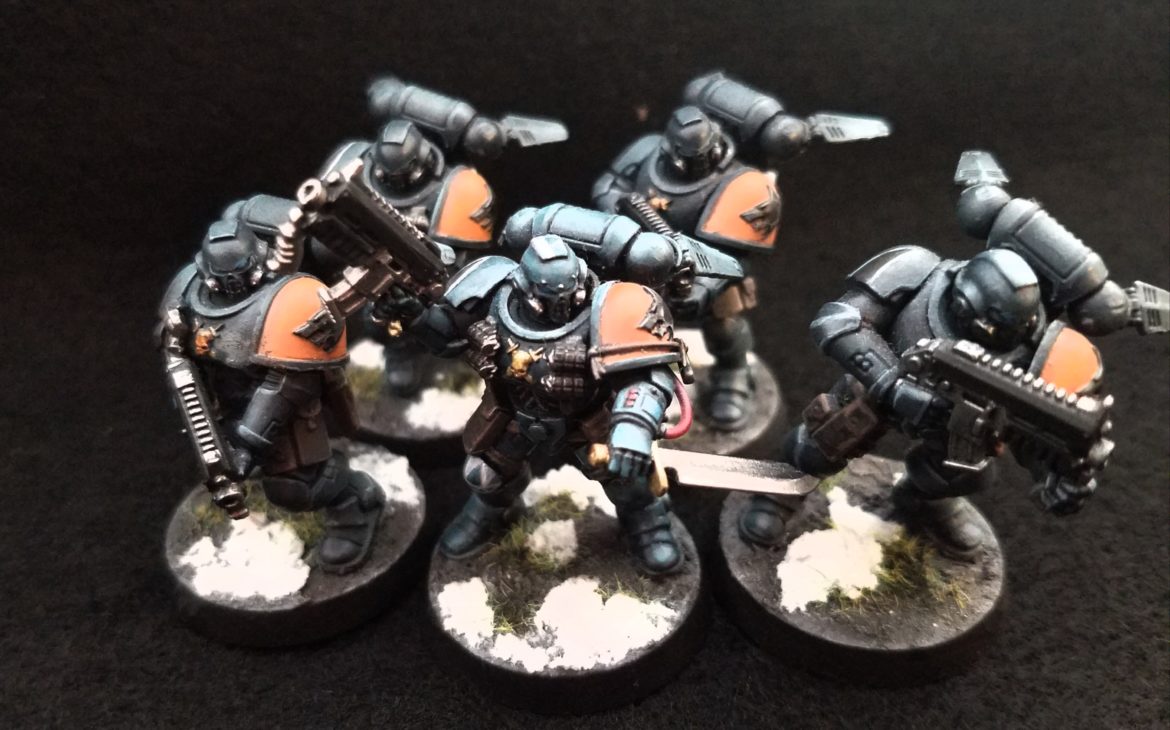
Introducing 40k Assignments
40k Assignments are small challenges placing you into specific conditions or provide specific constraints in order to highlight an aspect of the game that may go unnoticed in your normal day to day play.
The goal of this week’s assignment is to practice evaluating just one of the eight tools of a unit and finding ways to leverage them to win games.
“The Game is Won in the Movement Phase”
This old adage is parroted by nearly every player, but truly understood by few. At the end of the day, winning a game is about who is standing on the objective, and when. You have to be in the right place at the right time, and a majority of it is dictated by the movement phase. Players will put in so much effort into planning out what units need to die in the opposing army, but the truly great players understand where they want their army to be in all turns of the game as well. High mobility ensure that you are standing on the objective when you want, but it also ensures you can reach cover, avoid line of sight or even gain line of sight on to a critical target.
So without further ado, here is the first 40k assignment:
- Utilize a unit or army trait that you would evaluate highly under the mobility category.
- This can be anything from bonuses to advance, the ability to advance and charge, the ability to deepstrike, etc.
- If your army regularly uses some of the abilities listed above, try one you have never used before or hardly ever use. (e.g. maybe you always mount your army in incredibly fast venoms, but have never tried the the Kabal of the Flayed Skull. In this case play a game using Flayed Skull)
- Rate the mobility from a scale of 1-5, with 5 indicating a high mobility score. Why did you give the rating you assigned?
- Play one game, utilizing the new unit/ability.
- During the game make a note of one instance in which the mobility allowed you to score a VP or deny a VP you wouldn’t have normally.
Post-Game Reflection
After the game, reflect on the following questions:
- Were you able to utilize the mobility to score a VP/deny a VP?if not, where there any situations that you could have exploited your mobility? This is a great question to run by your opponent.
- Example: My speeders were able to hide midfield until they could spring onto an objective at the end of the game in a single turn, where slower units would have had to spend several turns of movement to reach them.
- Example: My speeders were able to hide midfield until they could spring onto an objective at the end of the game in a single turn, where slower units would have had to spend several turns of movement to reach them.
- Were there any situations that arose where you felt the mobility opened up new options and plays you could make?
- Example: Mobility allowed my units to dictate engagement ranges keeping me out of my opponents effective range.
Please let us know how amazingly you excel or how spectacularly you fail at this assignment. I especially want to hear about the struggles you encountered with this challenge! In the meantime stay tuned for more as we journey towards Adepticon in March!
Comment below to join the conversation and don’t forget to follow us on Twitter, Instagram, and Facebook for all the latest content and releases from the GDFC team
- Twitter: @GDFilthyCasuals
- Instagram: grimdarkfilthycasuals
- Facebook: grimdarkfilthycasuals
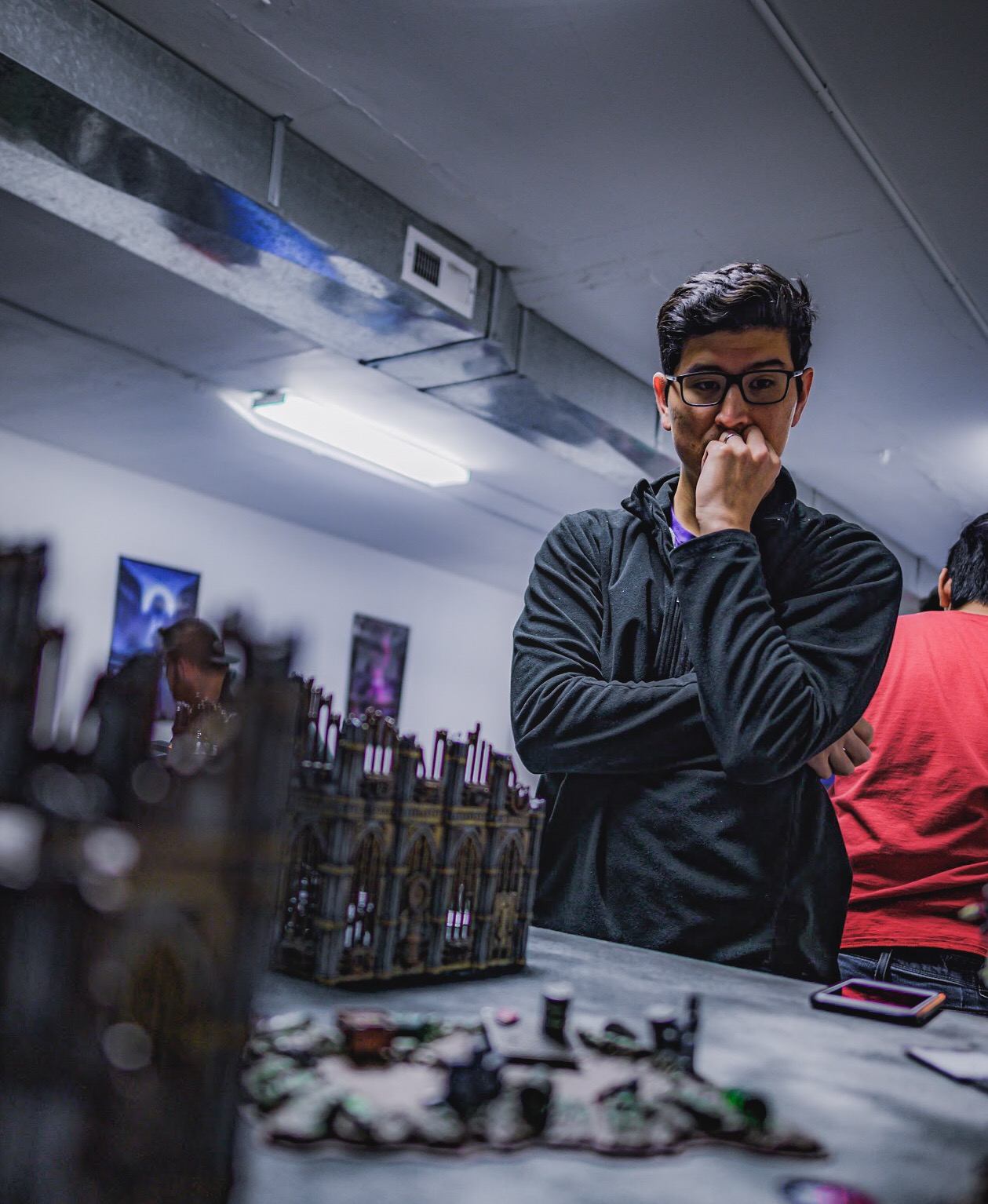
is a founding member of Grim Dark Filthy Casuals, Content Director, Editor, Author, Coach and Chief Dad Joke Officer

